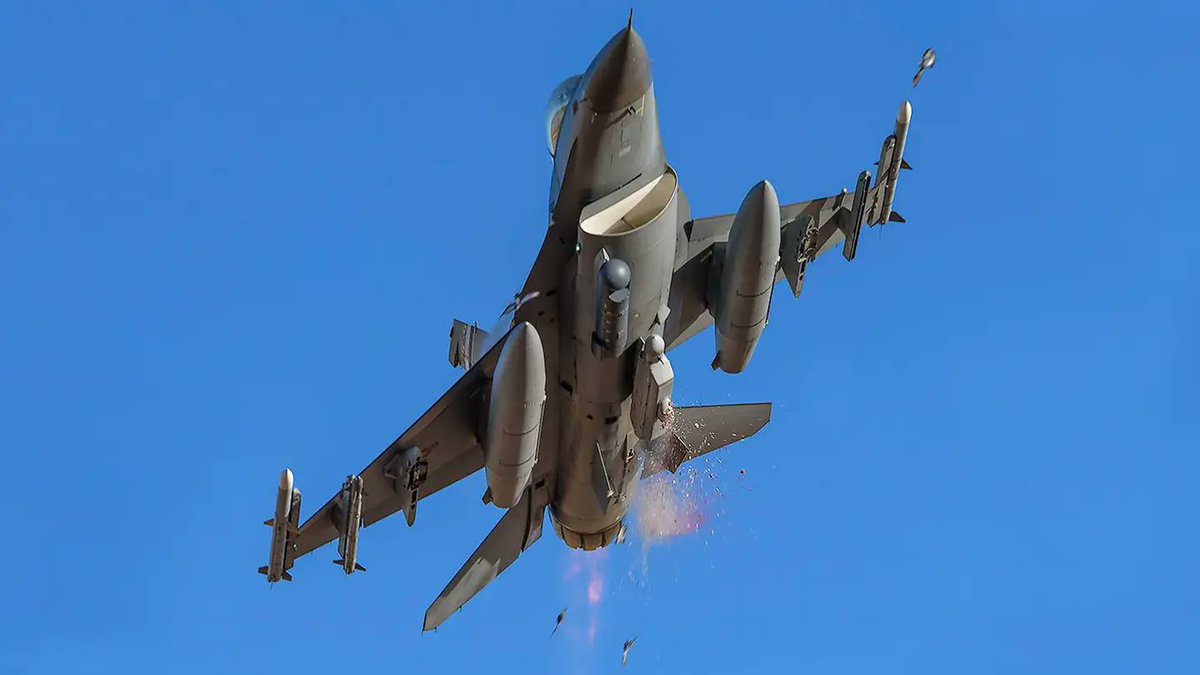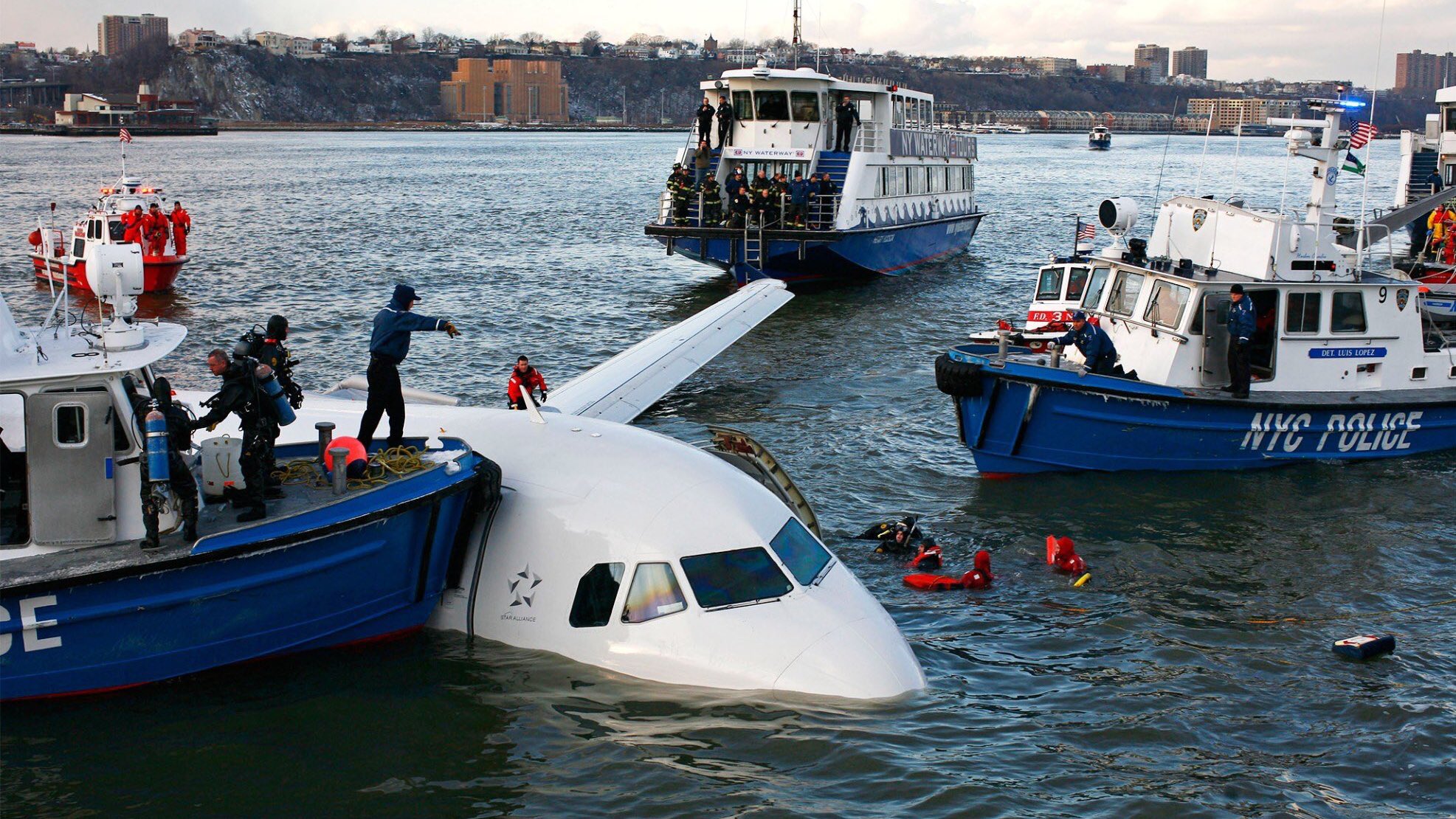On November 21, a US military C-37 twin-engine aircraft taking off from Midway International Airport collided with a bird and had to land back.
The aircraft, which has “United States of America” written on its fuselage and is painted blue and white, is a member of a fleet that flies from Joint Base Andrews in Maryland to support government missions worldwide.
The Illinois National Guard confirmed that the military C-37 twin-engine plane was carrying General Daniel Hokanson. He is a member of the Joint Chiefs of Staff and the highest-ranking officer in the Illinois National Guard.
The general was in Chicago to discuss national security issues with business leaders and to address an ROTC event at Chicago State University in the late afternoon. No one is reported to be injured in the incident.
Prof. Joe Schwieterman, DePaul University, said that birds are responsible for increasing accidents at airports. Despite their best efforts, no amount of technology seems to keep these flying creatures at bay.
Last month, a United flight headed for Miami had to make an emergency landing at O’Hare International Airport after hitting a bird shortly after takeoff. Fortunately, no one was hurt despite an engine catching fire.
A Bird Strike Can Bring Down A Fighter Jet
Even though modern fighter jets are well-equipped with defenses against contemporary threats, a non-traditional threat like a bird strike still poses a challenge for aircraft everywhere.
Because birds frequently fly at lower altitudes, the chance of sustaining a bird strike is greatest during takeoff, initial ascent approach, and landing. Even though class A incidents are uncommon, bird strikes have the potential to damage aircraft significantly.
A class “A” event is one where the expected damage cost exceeds $2 million. This damage can be expensive, keeping aircraft grounded and inoperable.
Given the speeds at which these aircraft are traveling, sometimes these collisions are unavoidable. At Buckley Air Force Base in Colorado, aviation photographer, air traffic controller, and veteran AWACS crewman Louis DePaemelaere earlier captured an incredible photo of such an event.

The image depicts an F-16C from the 120th Fighter Squadron flying straight into a flock of birds, one of which had an intense collision with the ALQ-131 electronic countermeasures pod mounted on the centerline station of the Viper.
If the collision had occurred a little higher, the damage would have been much worse.
In such incidents, the pilots may also be injured by the windscreen penetration, which could cause them to lose control and lead to dangerous outcomes. In the US alone, there are thought to be 16,000 bird strikes every year.
Even though these collisions rarely result in fatalities, they can still result in significant damage, which can be expensive and render the aircraft inoperable while it is being repaired. A bird strike incident involving an F-35 jet in 2019 brought this into focus.
An unexpected bird strike caused the takeoff procedure to be aborted, causing damage worth 2 million dollars to the aircraft. Bird strikes can also cause significant financial losses in addition to being a threat to life. The cost of modern jets is exorbitant.

Large aircraft frequently experience engine issues or even complete failure when a bird strikes them. If a bird is dragged into an engine, the first compressor rotor could suffer significant damage. This could result in powerful vibration and, eventually, engine thrust loss.
During landing or takeoff, bird strikes can harm extended landing gear to the point where brakes or steering systems for the nose gear become inoperable. It could result in problems with directional control during a subsequent landing roll.
There are particular vulnerabilities that are specific to each type of aircraft when it comes to collisions with birds. As a result, modern aircraft have design features that act as preventative measures against bird strikes and engine ingestions.
Ways to Prevent Bird Strikes
Fighter jets, for example, frequently have reinforced windscreens that can reduce the magnitude of a bird strike at lower speeds, and airliners, with their large high-bypass turbofan engines, are built to be able to ingest birds up to a certain size without flaming out.
However, even the most sophisticated engines have a maximum amount of mass they can ingest before suffering a catastrophic loss of power.
The “Miracle on the Hudson,” when Captain Sully successfully gilded an A320 full of passengers into the Hudson after intaking geese in both of the aircraft’s engines soon after takeoff, is perhaps the most well-known instance of this.

Avian radar, which locates, tracks, and classifies birds before takeoff and landing, can help to mitigate this risk. This eliminates the need for human observers while providing the base with insights and details on bird behavior. You can then react promptly to threats while minimizing operational downtime.
For instance, National air bases used by the Royal Netherlands Air Force (RNAF) have multiple bird radars contributing to a comprehensive picture of activity. As a result, their team can increase flight safety, and controllers have better situational awareness to deal with potential threats.
Additionally, the bases can accumulate actionable data on the behavior, flight paths, and movements of the birds that will provide the bases with the understanding they require to avoid bird strikes and enhance flight safety.
BASH Initiative
The USA’s Department of Defense continuously enforces and enhances aviation safety programs to offer the safest flying conditions. The prevention program for Bird/Wildlife Aircraft Strike Hazard (BASH) is one of these initiatives.
In order to lower the risk of bird and wildlife strikes, personnel from air operations, aviation safety, and natural resources collaborate across the military as part of the Operational Risk Management process.
This initiative is crucial for the DOD. The Smithsonian Institution receives samples of blood, tissue, and feathers from all over the world for species identification using techniques like DNA analysis and microscopic feather examination.
Having access to data about the species involved and their behavior, the military can take a number of steps to reduce the threat posed by BASH, such as clearing habitats and using propane-powered sonic cannons to scare birds away.
Additionally, technology is improving the efficiency of BASH risk reduction. Radar ornithology follows migratory birds and significant stopover locations using radar images from mobile radar units or the National Weather Service’s WSR-88D Doppler radar.
Meanwhile, China recently claimed to have developed an Artificial Intelligence and laser-based solution to avert bird strike-related crashes.
- Contact the author at ashishmichel@gmail.com
- Follow EurAsian Times on Google News




